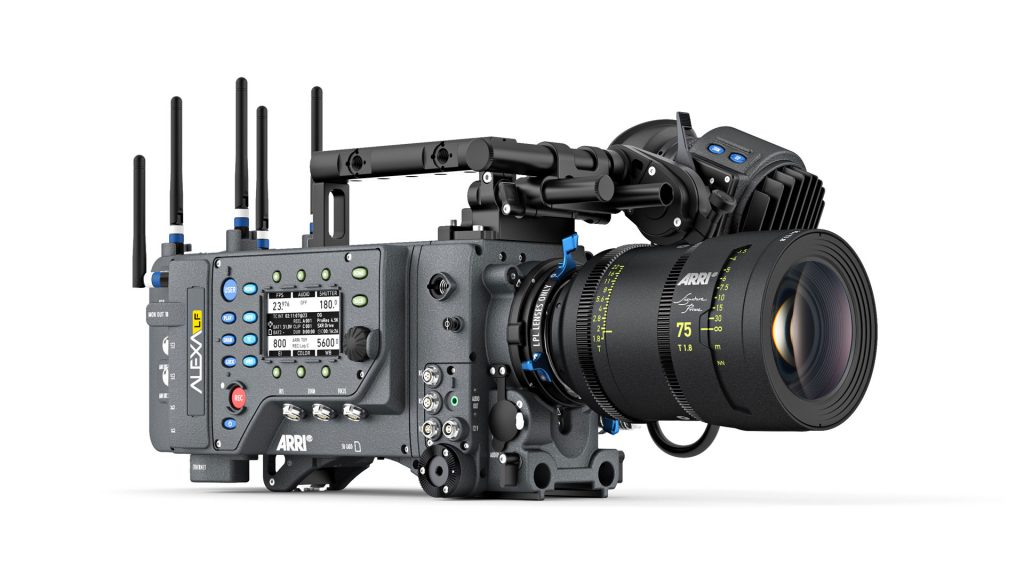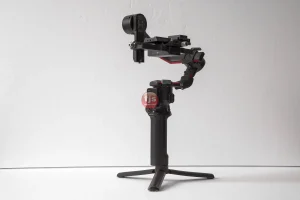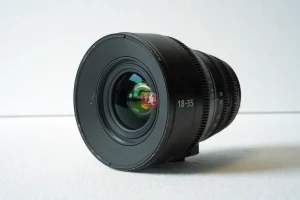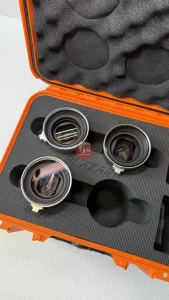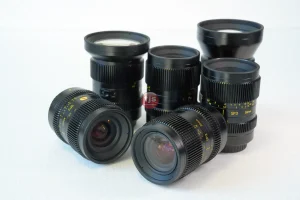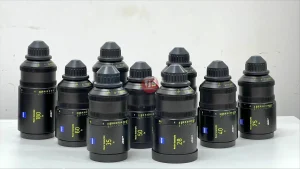Over-sharpening is a common pitfall in photo editing, turning crisp details into harsh, unnatural artifacts. It’s the digital equivalent of adding too much salt – it ruins the dish! Here’s how to ensure your images look naturally sharp, not artificially enhanced:
1. Work on a High-Resolution Monitor and Zoom to 100% 🖥️
- Why: What looks good at a small preview size on your screen can appear completely over-sharpened when viewed at full resolution. You need to see the actual pixels to judge sharpening accurately. Your monitor’s quality also plays a role in how accurately you perceive details.
- Benefits: By zooming in to 100% (1:1 pixel ratio), you get an honest view of how the sharpening is affecting individual pixels. This helps you spot halos, noise, and other artifacts that are invisible at smaller magnifications. A high-resolution monitor provides more pixel density, giving you a clearer representation of your image’s true state.
2. Always Apply Noise Reduction Before Sharpening 🤫
- Why: Noise is random pixel variation that sharpening algorithms can misinterpret as fine detail. If you sharpen an image with noticeable noise, you’ll amplify that noise, making it more pronounced and distracting.
- Benefits: By treating noise first, you give your sharpening tools a cleaner canvas. Noise reduction smooths out unwanted grain, allowing the sharpening process to focus purely on enhancing genuine edges and details, leading to a much cleaner and more refined result.
3. Understand Your Sharpening Sliders (Amount, Radius, Detail, Masking) 📏
- Why: Most editing software offers multiple sliders for sharpening, and knowing what each one does is crucial for nuanced control.
- Amount/Strength: Controls the intensity of the sharpening effect. Use sparingly.
- Radius: Determines the width of the edge that will be sharpened. A smaller radius (e.g., 0.5-1.5 pixels) is generally safer and enhances finer details, while a larger radius can lead to harsh halos.
- Detail/Threshold: Controls which details are affected. Higher values might sharpen finer textures, while lower values target broader edges.
- Masking (or Threshold/Detail in some tools): This is your best friend against over-sharpening. Masking tells the sharpening tool to only apply the effect to areas with strong edges, leaving smoother, less detailed areas (like skies, skin, or out-of-focus backgrounds) untouched. This prevents noise amplification in flat areas and halos.
- Benefits: Precise control over these sliders allows you to apply sharpening selectively and subtly, targeting only the necessary areas and levels, thus preserving the natural look of your image.
4. Use Masking Judiciously 🎭
- Why: As mentioned above, masking (often found in Lightroom, Camera Raw, or as a layer mask in Photoshop) is a powerful way to protect smooth areas from sharpening. By holding the
Alt/Optionkey while dragging the masking slider, you can see a black and white preview: white areas are sharpened, and black areas are protected. - Benefits: This technique ensures that sharpening is applied only where it’s needed (e.g., eyes, hair, textures, architectural lines) and avoids introducing noise or unnatural textures in areas like smooth skin, bokeh, or clear skies. It’s a cornerstone of natural-looking sharpening.
5. Don’t Over-Rely on Global Sharpening; Consider Local Sharpening 📍
- Why: Applying a high amount of sharpening globally (to the entire image) is often what leads to an over-sharpened look. Not all parts of an image need the same level of sharpening; out-of-focus areas or skin tones, for example, rarely benefit from heavy sharpening.
- Benefits: After a gentle global sharpening pass (or “capture sharpening”), consider using local adjustment brushes in your editing software to apply additional, targeted sharpening to specific areas that genuinely need it (e.g., eyes in a portrait, specific textures in a landscape). This allows for much finer control and a more natural overall appearance.
6. Save Output Sharpening for the Very End (After Resizing) 📤
- Why: Sharpening is resolution-dependent. An image that looks perfectly sharp for a large print will appear overly sharp and digital if simply scaled down for web use. Conversely, web-sharpened images will look soft in print.
- Benefits: Apply your final, output sharpening only after you’ve resized your image to its final dimensions for its intended use (web, print, social media). Most software has specific output sharpening options or presets tailored for different resolutions and viewing mediums, ensuring optimal sharpness without artifacts for that specific context.
Conclusion
Avoiding over-sharpening boils down to a thoughtful, systematic approach. Prioritize noise reduction, master your sharpening sliders (especially masking), and always assess your work at 100% zoom. By understanding the nuances of how sharpening interacts with your image’s pixels and tailoring your approach to the final output, you’ll consistently achieve crisp, detailed, and professional-looking photographs that stand out for all the right reasons.


